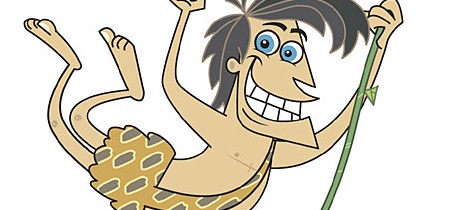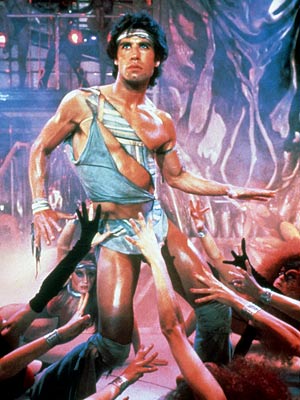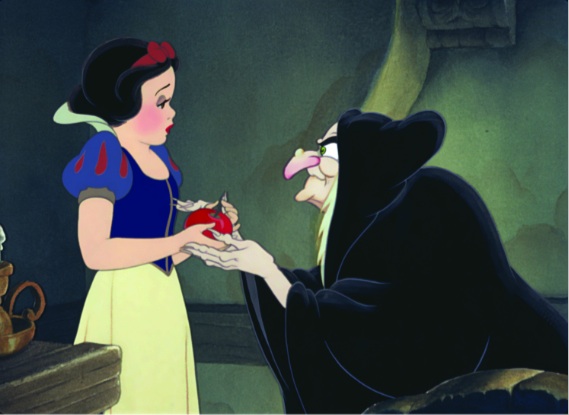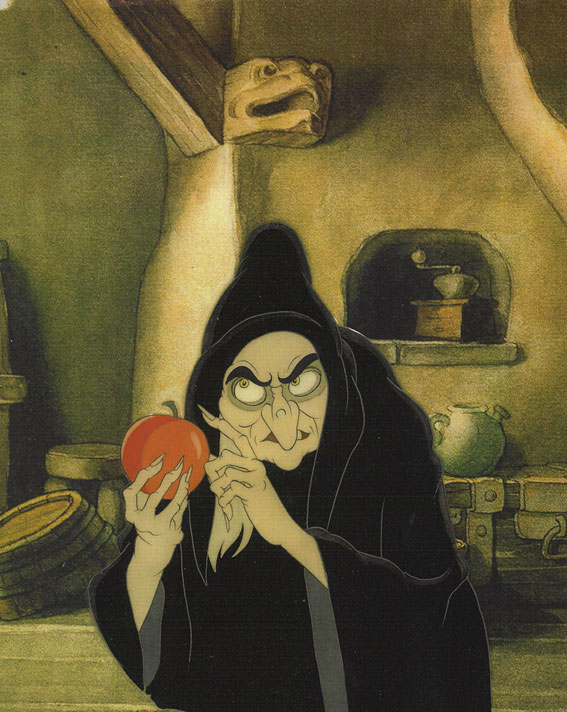 George Of The Jungle is a cartoon show about a man wearing animal skins swinging around the jungle. The newest iteration, launched in 2007, has pulled in high enough ratings that they’ve been allowed more than one season, but the original, launched in 1967, ran only seventeen episodes.
George Of The Jungle is a cartoon show about a man wearing animal skins swinging around the jungle. The newest iteration, launched in 2007, has pulled in high enough ratings that they’ve been allowed more than one season, but the original, launched in 1967, ran only seventeen episodes.
So what?
Well, I have a theory. George, frankly, isn’t very good. It’s too ridiculous for older children, and is entirely devoid of the educational content that assuages parental guilt about letting a small child watch TV. Both versions of the show strike me as perfect examples of mediocre television, run only to fill time for kids being babysat by the glass teat.

One of the truly weird aspects of its continued existence is the fact that this generation isn’t even really all that familiar with Tarzan, which the series is a direct spoof of – there hasn’t been a major iteration of the ape man in over a decade, although I suppose they may be familiar with the Phil Collins-filled Disney version.
So why is it still on?
My theory is that it’s the theme song. The theme song is also what got the 1997 movie, starring Brendan Frasier, made.
How could a theme song have reached out from 37 years previous to get a major motion picture put together?
Well, it was this remake, as done by Weird Al in 1985. My belief is that Al, looking for material, reached back into his childhood years and pulled out the one redeeming item that had stuck with him from the original cartoon, the music.
[youtube=http://www.youtube.com/watch?v=VJDmkCDqzFU]
Maybe it was a young go-getter, maybe it was a studio exec with a kid constantly playing Weird Al, but at some point the licensing must have crossed some listener’s desk, and the spark of resurrection was born.
I realize it may sound crazy, but: how many people can honestly say they’ve seen Saturday Night Fever? How many people are familiar with it because of Stayin’ Alive (the song, not the sequel film)?

The original Shaft is another great example. A lot of folks know who is the man that would risk his neck for his brother man, but, when pressed on the details, they’ve got little info. Still, Samuel L. Jackson shafted us all out of admission fees in 2000.
Eye Of The Tiger got three or four more Rocky movies made, and the catchy Pink Panther theme launched an entire franchise separate from the Peter Sellers character.
I’m sure there are many missing examples, please feel free to chastise me with their titles in the comments.



 This picture, originally found on
This picture, originally found on 
 I can only hope for a future where fishermen and pleasure-seekers flit over the glass surface of a summer lake like dragonflies.
I can only hope for a future where fishermen and pleasure-seekers flit over the glass surface of a summer lake like dragonflies.


 Yet, these days, you don’t hear much about it. Maybe I’m just running with the wrong crowd, but it feels like sometime in the late-80s or early-90s, the on-the-street-casinos started to lose traction, at least in the popular consciousness.
Yet, these days, you don’t hear much about it. Maybe I’m just running with the wrong crowd, but it feels like sometime in the late-80s or early-90s, the on-the-street-casinos started to lose traction, at least in the popular consciousness. George Of The Jungle is a cartoon show about a man wearing animal skins swinging around the jungle. The newest iteration, launched in 2007, has pulled in high enough ratings that they’ve been allowed more than one season, but the original, launched in 1967, ran only seventeen episodes.
George Of The Jungle is a cartoon show about a man wearing animal skins swinging around the jungle. The newest iteration, launched in 2007, has pulled in high enough ratings that they’ve been allowed more than one season, but the original, launched in 1967, ran only seventeen episodes.

